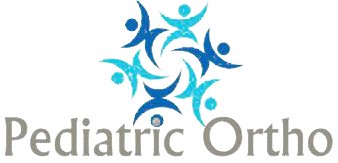Legg Calve Perthes Disease
It is a childhood hip disorder initiated by a disruption of blood flow to the head of
the femur. Due to the lack of blood flow, the bone dies (osteonecrosis or
avascular necrosis) and stops growing. Over time, healing occurs by new blood
vessels infiltrating the dead bone and removing the necrotic bone which leads to
a loss of bone mass and a weakening of the femoral head.[1] The bone loss leads
to some degree of collapse and deformity of the femoral head and sometimes
secondary changes to the shape of the hip socket.
Symptoms:
- Limping
- Pain or stiffness in the hip, groin, thigh or knee
- Limited range of motion of the hip joint


Treatment:
Non-surgical approaches to treatment may include:
– Resting the joint (not bed rest)
– Activity restrictions
– Non-steroidal pain medication
– Bed rest and traction
– Casting or bracing
– Physical therapy, to keep the hip muscles strong and promote hip movement
– Crutches or wheelchair (in some cases)
Surgical Treatment:
If non-surgical treatments prove inadequate, your child may need surgery to hold
the head of the thigh bone in the hip socket (containment). Surgery involves
reorienting the affected bones (osteotomy) and stabilizing the realignment with
screws and plates.


